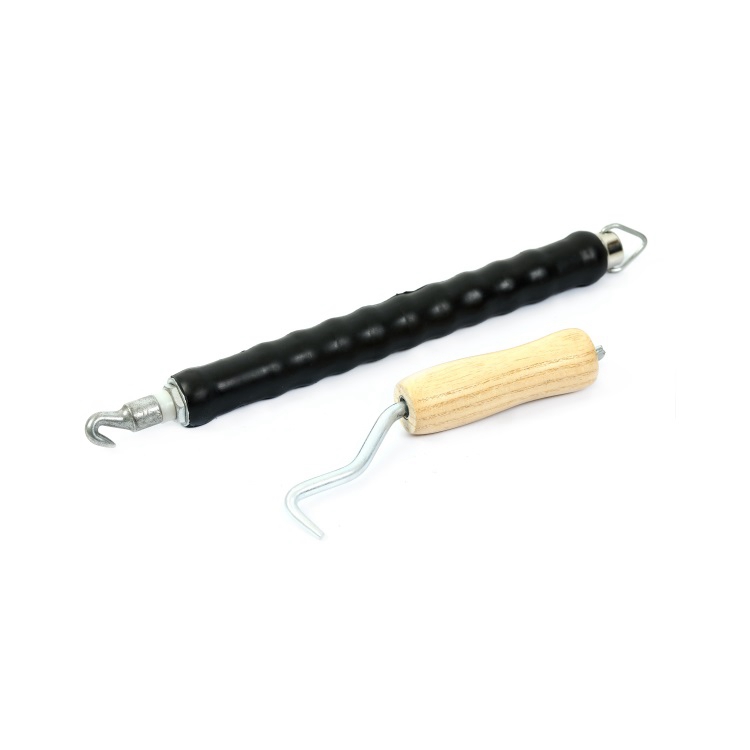best rebar ties
Best Rebar Ties Choosing the Right Tool for Your Construction Needs
Reinforcing bars, commonly known as rebar, are essential elements in construction, especially in concrete structures. They provide the necessary tensile strength and reinforce against the compressive forces that concrete cannot withstand alone. To ensure that rebar remains properly positioned and secured during the pouring of concrete, it is crucial to use the right type of ties. In this article, we'll explore the best rebar ties available in the market, their benefits, and factors to consider when choosing the right one for your construction projects.
Understanding Rebar Ties
Rebar ties are materials used to secure pieces of rebar together at intersections. By doing so, they maintain the intended shape and alignment of the rebar while concrete is poured, ensuring that the structural integrity is upheld. There are several types of rebar ties, including wire ties, plastic ties, and mechanical ties, each with its own set of advantages.
1. Wire Ties
Wire ties are the most commonly used type of rebar tie. Typically made from galvanized steel or coated wire, these ties come in various thicknesses and lengths. The most popular wire ties are 16-gauge and 18-gauge wire, as they provide a good balance between strength and flexibility.
Advantages - Cost-effective Wire ties are generally inexpensive and readily available, making them a popular choice for many construction projects. - Versatile Suitable for various sizes of rebar and can be used in different configurations. - Strength Galvanized wire ties offer enhanced resistance to corrosion, ensuring durability over time.
2. Plastic Ties
Plastic ties, also known as rebar chairs or plastic rebar ties, are an increasingly popular option in the construction industry. They are typically made from high-density polyethylene (HDPE) or other durable plastics.
Advantages - Lightweight Their lightweight nature makes them easy to handle and install. - Non-corrosive Unlike metal ties, plastic ties are resistant to corrosion, which is ideal for projects in harsh environments. - Reduced labor costs They often require less time to install, improving overall job efficiency.
3. Mechanical Ties
best rebar ties

Mechanical ties are a more advanced option for securing rebar. They utilize independent fastening mechanisms, such as clamps or clips, to hold the rebar in place. While they may be more expensive than other options, the benefits can outweigh the costs, particularly on large-scale projects.
Advantages - Strong and Secure Mechanical ties provide a very secure connection, reducing the risk of displacement during concrete pouring. - Ease of Installation Many mechanical tie systems can be installed quickly and efficiently, saving valuable time on a construction site. - Reusable Some mechanical ties can be reused, providing potential cost savings for future projects.
Factors to Consider When Choosing Rebar Ties
When selecting the best rebar ties for your project, several factors should be taken into account
1. Project Requirements Consider the size and complexity of the construction project. Large projects may benefit from mechanical ties due to their strength and security, while smaller projects may find wire or plastic ties more suitable.
2. Budget Constraints While cost shouldn’t be the sole deciding factor, it is essential to find a balance between quality and affordability. Evaluate the long-term durability and effectiveness of ties relative to their price.
3. Environmental Conditions In harsh or corrosive environments, non-corrosive options such as plastic ties may be preferred to prevent deterioration over time.
4. Installation Time Analyze how quickly ties can be installed as this can significantly affect labor costs. Some ties require specialized skills or tools, while others can be installed with standard equipment.
Conclusion
Choosing the best rebar ties is fundamental for maintaining the structural integrity of concrete structures. Whether you opt for wire, plastic, or mechanical ties, understanding the advantages and disadvantages of each will enable you to make an informed decision based on your project’s specific needs. Ultimately, investing in the right materials will contribute to the longevity and durability of your construction projects, ensuring safety and effectiveness for years to come.
-
The Durability and Versatility of Steel Wire
NewsJun.26,2025
-
The Best Iron Nails for Your Construction Projects
NewsJun.26,2025
-
Strengthen Your Projects with Durable Metal Stakes
NewsJun.26,2025
-
Get the Job Done Right with Duplex Nails
NewsJun.26,2025
-
Explore the Versatility and Strength of Metal Mesh
NewsJun.26,2025
-
Enhance Your Security with Razor Wire
NewsJun.26,2025














